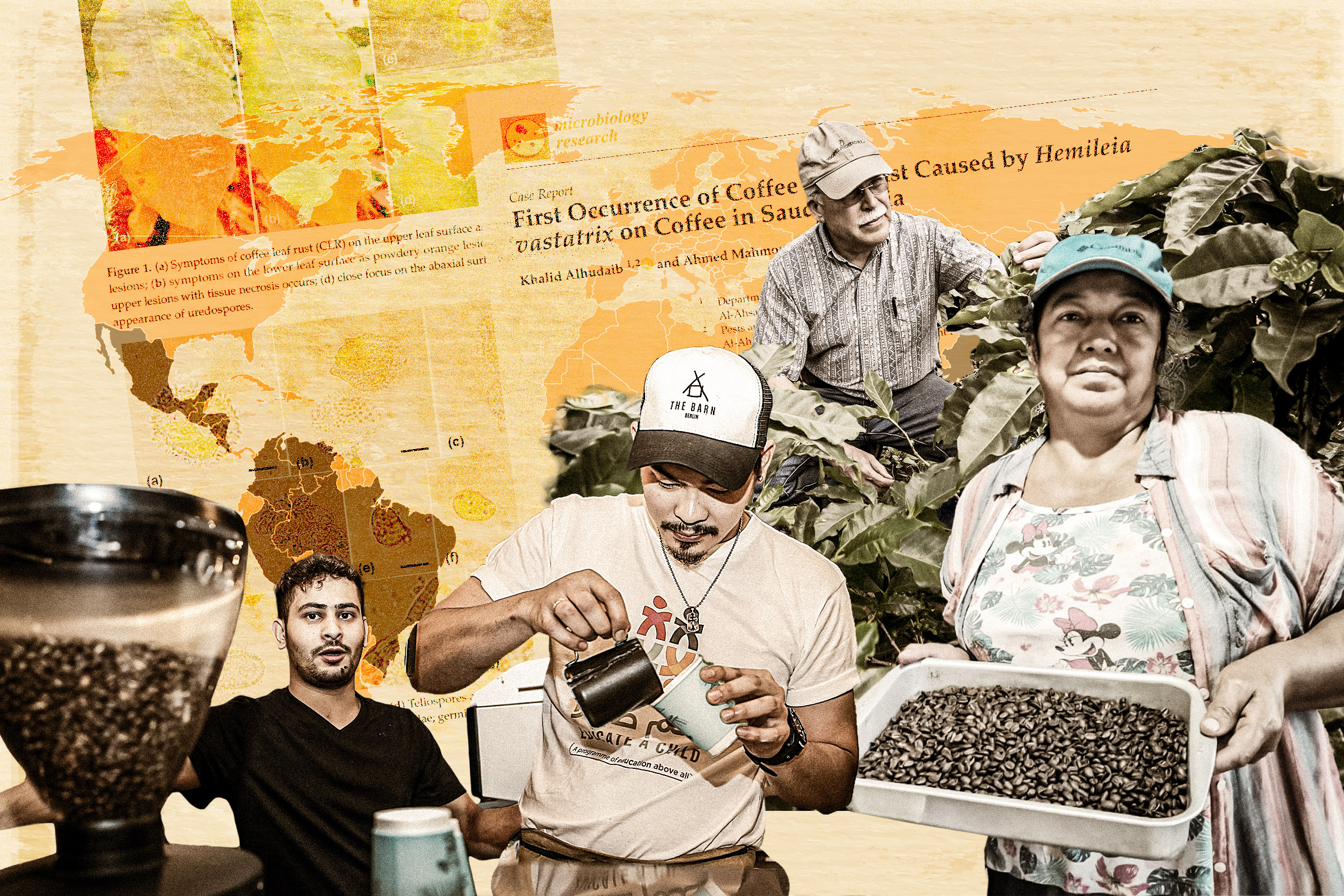Carmen Alvarez looks down at a 5-year-old coffee plant and frowns. She points to the wide brown spots afflicting some of the leaves and says, “Ashes are good for [dealing with] the plagues.”
Mrs. Alvarez and her husband, Francisco Mamani, have been working with coffee plants near Bolivia’s Amboro National Park for 30 years. In that time, they’ve had their fair share of environmental setbacks.










